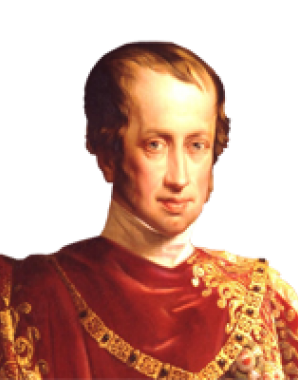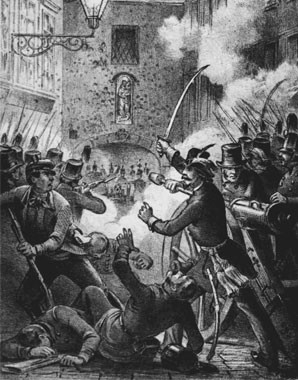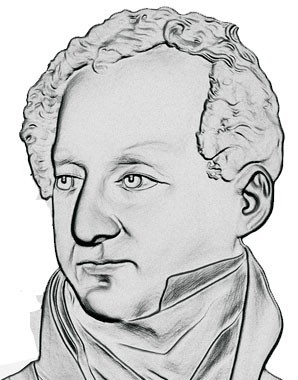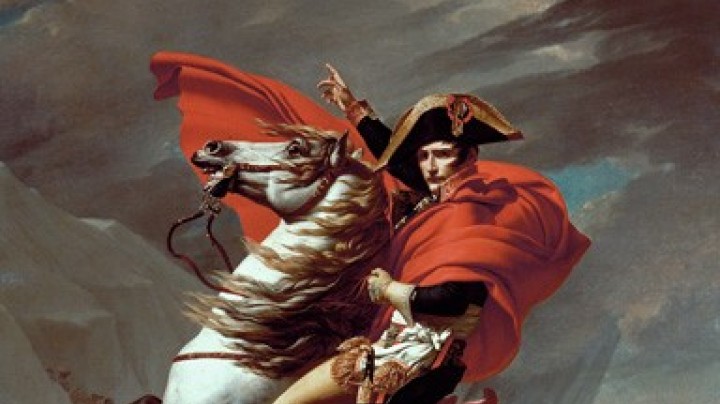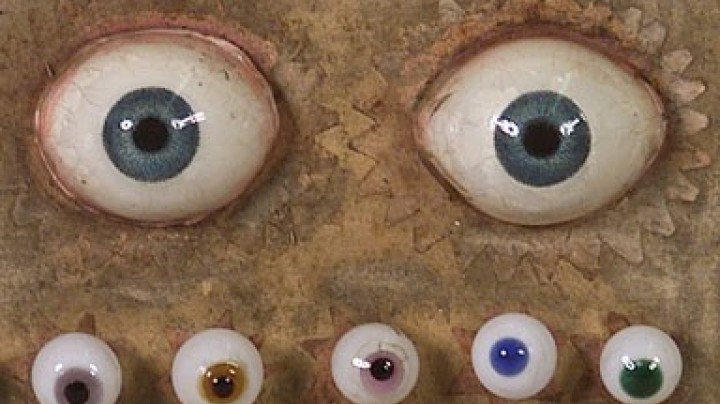Initial successes. The abolition of censorship
All printed matter was strictly controlled, and every critical utterance against the Imperial household and the political system was censored – Metternich ensured this through a sophisticated system of controls. But censorship collapsed in the wake of his flight.
‘No ray of light, wheresoever it may come from, shall in future go unnoticed and unrecognized in the Monarchy or be divested of its possible useful effect’ – thus began the censorship regulation of 14 September 1810. From that time on all utterances, texts, pictures, even inscriptions on tombstones, almost without exception, were censored by the officials of the Court Police and Censorship Office which was headed by Count Josef Sedlnitzky, and the special department for Police, Censorship and the Press that was answerable directly to Metternich. Bookshops and sales outlets for pictorial and printed matter came under particular scrutiny. Under Metternich’s strict system of observation censorship reached its peak. According to official guidelines, infringements of censorship included all attacks on religion, in particular the Catholic religion, derogatory remarks about the Austrian Monarch, his family and his government, abuse of foreign heads of state, and immoral utterances. In the 1840s authors, journalists and artists initiated a wave of complaints and petitions against state censorship which continued uninterrupted until 1848. On 15 March 1848 Ferdinand I finally abolished press censorship.
The newspaper market immediately began to flourish. In the same year 217 different publications appeared. Of those first published in the year of the revolution only Die Presse has survived until today.

